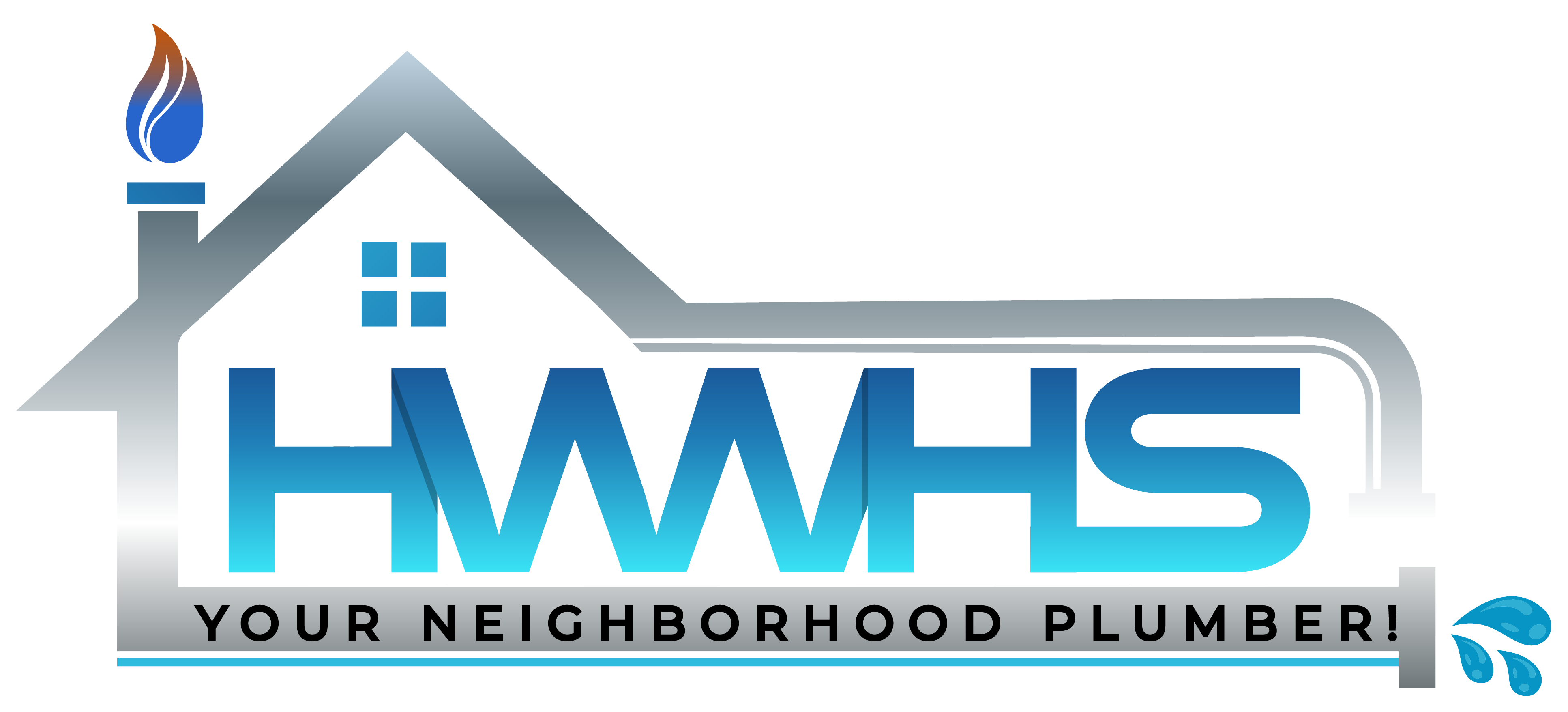Slab leaks strike fear into the hearts of many homeowners—and with good reason. A slab leak that goes undetected or untreated can compromise your home’s foundation, increase your utility bills, damage flooring, and even create serious mold problems. Because slab leaks occur under the concrete foundation of your home, they’re far more complicated than visible plumbing issues.
The good news? With the right knowledge, early detection, and professional drain cleaning services, slab leaks don’t have to become a nightmare. At Heatwave Water Heater, we specialize in diagnosing and fixing slab leaks with precision, ensuring your home remains safe, stable, and secure. In this guide, you’ll learn what causes slab leaks, water leak repair options, and how to act quickly when one occurs.
Slab Leak: Why Does It Happen?
A slab leak occurs when water pipes running beneath your home’s concrete foundation crack, corrode, or rupture, allowing water to seep into the foundation. Unlike visible leaks in sinks or toilets, slab leaks can remain hidden for weeks—or even months—before symptoms appear.
Common Signs of a Slab Leak
Before diving into the causes, here are red flags homeowners should watch out for:
- Unexplained spikes in water bills
- The floor has warm patches, which could be a sign of a hot water line leak.
- Low water pressure throughout the home
- Cracks in walls or flooring caused by shifting foundation
- When every tap is turned off, the sound of running water
- Mildew or damp odors indoors
Leading Causes of Slab Leaks
➔ Pipe Movement
Water rushing through pipes causes them to expand and contract with temperature changes. Over time, friction against the surrounding gravel or concrete erodes the pipe’s outer layer, eventually creating pinholes and leaks.
➔ Corrosion
Older homes built with copper or galvanized steel pipes are more vulnerable to corrosion. Groundwater minerals and chemical reactions between the pipe metal and concrete speed up deterioration, weakening pipe walls.
➔ Shifting Soil
Soil movement beneath your foundation—from natural settling, seismic activity, or underground water flow—creates stress on pipes. As the foundation shifts, pipes bend and crack, leading to leaks.
➔ Poor Installation
If the home’s plumbing was installed with low-quality materials, poor insulation, or improper placement, slab leaks can develop much sooner than expected.
👉 Expert Tip: Routine plumbing inspections from companies like Heatwave Water Heater can identify pipe vulnerabilities before they cause a full-blown slab leak.
Fixing the Slab Leaks: Options You Should Know
Slab leaks are considered a plumbing emergency. The damage gets worse (and more costly) the longer you wait. Here are the most common solutions:
1. Spot Repair
This direct approach involves pinpointing the leak, breaking through the concrete, and replacing or resurfacing the affected pipe section.
- Pros: Fast solution, less costly for isolated leaks
- Cons: Not recommended for older plumbing systems with numerous weak points; involves cutting into the slab and disturbing flooring.
2. Pipe Rerouting
Instead of repairing pipes under the slab, plumbers reroute new pipes through walls or ceilings, bypassing the slab entirely.
- Pros: Prevents further slab damage, excellent for homes with multiple at-risk pipes
- Cons: May involve drywall or ceiling repairs, potentially higher upfront costs
3. Epoxy Pipe Lining (Pipe Relining)
A no-dig solution where a resin-coated liner is inserted into the damaged pipe, sealing cracks and creating a durable, corrosion-resistant pipe within the old one.
- Pros: Minimal disruption, preserves flooring, extends plumbing lifespan 30–50 years
- Cons: Only works if existing pipes are structurally sound; generally more expensive than spot repair
4. Complete Pipe Replacement (for older homes)
If your home has very old or severely corroded pipes, a full repiping project may be necessary. Though this is the most invasive and costly option, it ensures long-term reliability and eliminates recurring leaks.
Preventing Future Slab Leaks
Although not all slab leaks can be prevented, homeowners can reduce their risk by being proactive:
- Schedule annual plumbing inspections with professionals.
- Install a water pressure regulator—high pressure accelerates pipe wear.
- Invest in water softening systems if your area has hard water.
- Monitor your water bill for sudden, unexplained increases.
- Ensure proper foundation drainage to reduce soil shifting.
Conclusion
Slab leaks may feel overwhelming, but with early detection, the right repair method, and preventive measures, they can be managed effectively. Whether you choose spot repair, rerouting, epoxy lining, or full pipe replacement, the most important step is to act quickly before the leak causes foundation damage.
At Heatwave Water Heater, we don’t just handle water heaters—we also provide slab leak detection and repair solutions that keep your home safe, your foundation strong, and your water bills under control.
FAQs
1. What is the cost to repair a slab leak?
Repair costs vary widely. Spot repairs may cost $500–$2,500, while rerouting or epoxy lining can range from $3,000–$7,000+ depending on severity, location, and labor.
2. How do plumbers find a slab leak?
Professionals use acoustic listening devices, pressure testing, thermal imaging cameras, and leak detection equipment to identify the exact source without unnecessary damage.
3. Can slab leaks cause foundation damage?
Yes. Over time, leaking water washes away soil beneath your foundation, leading to cracks, settling, or even structural instability.
4. Does homeowners insurance cover slab leaks?
It depends. Certain policies cover the damage brought on by the leak, but not the actual plumbing repair. Always review your policy and consult your insurer.
5. How long does epoxy pipe lining last?
When installed professionally, epoxy liners typically last 30–50 years, depending on water quality and usage.
